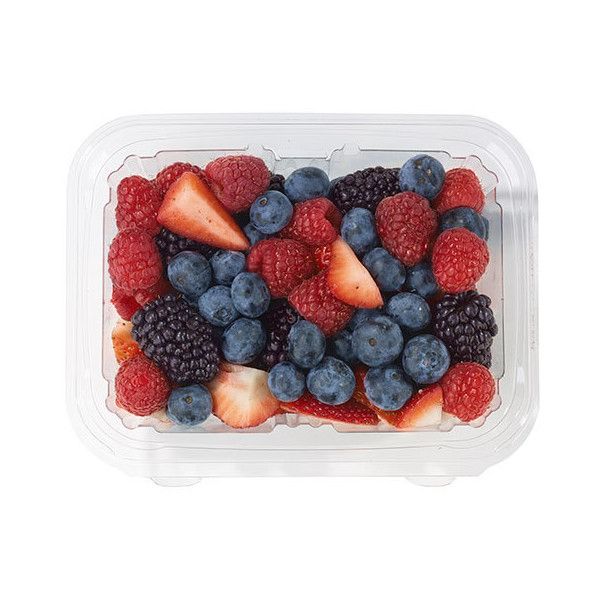When to feed baby 6 oz
Dr George Skarpathiotis MDSC
During this period of time, your baby's sole source of nutrition is either breastmilk or infant formula. Water can be introduced at about 3 - 4 months. We do not recommend:
- Starting any solids until about 4 months.
- Giving juices until 6 months.
- Giving Cow’s milk until 12 months.
Breastfed babies will feed every 2 - 3 hrs initially, and usually a feed will last about 20-30 minutes. You will know your baby is feeding enough if he or she is producing at least 4-5 wet diapers a day and at least 2 stools a day. Babies will feed every 3-4 hours at night time.
Babies fed infant formulas usually will feed every 3 - 4 hours during the day. During the first 2 weeks, babies will eat on average 1 - 2 oz at a time. By the end of the first month they eat about 4 oz at a time. By 2 months, increase to 6 oz per feed, and by 4 months, about 6-8 oz per feed. By 4 months, most babies are drinking about 32 oz in 24 hrs.
Feedings for your newborn vary between breastfed babies and formula fed babies. Please find additional information on breastfeeding and formula feeding below.
| Age | Pumped Breast Milk | Infant Formula |
|---|---|---|
| 0 - 2 Months | 6 - 9 feedings per day, 2 - 4 oz per feeding | 6 - 8 feedings per day, 2 - 4 oz per feeding |
| 2 - 3 Months | 5 - 8 feedings per day, 4 - 5 oz per feeding | 5 - 7 feedings per day, 4 - 5 oz per feeding |
Breastfeeding
- The number of daily feedings will vary with each baby. Your baby may breast feed every two to three hours on request. This may be 8 - 12 times a day.
- Each feeding may last 20 - 30 minutes where you will breast feed 10 -15 minutes on each breast.
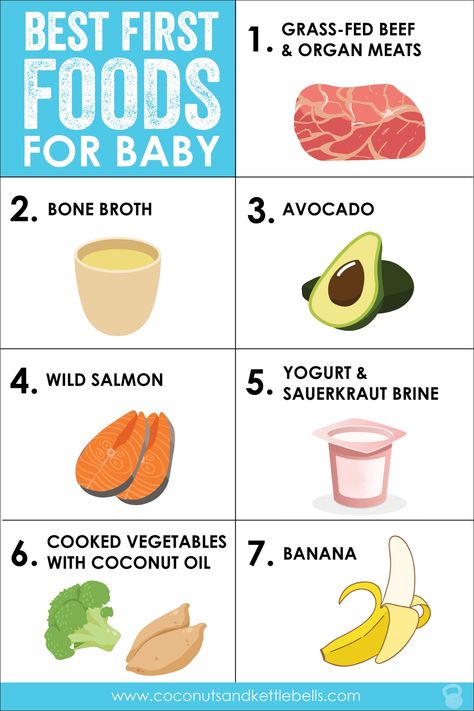 Burp after the first 10 - 15 minutes and then continue to the second breast to finish the feeding.
Burp after the first 10 - 15 minutes and then continue to the second breast to finish the feeding. - There will be days where the baby will want to feed more frequent than every 2 - 3 hours, this is called Cluster Feeding. Cluster feeding is when a baby’s feeding schedule is more frequent and bunched together in a day. It is most common in the evening, although it may differ between babies. This tends to happen during your baby’s growth spurts. It is a way of your baby telling your body to start producing more milk because it is growing bigger.
- Breastmilk contains all the needed vitamins and minerals except Vitamin D. Therefore it is recommended to give your baby a Vitamin D supplement. Please consult with your provider before starting any supplements.
- Freshly pumped breastmilk can be stored at:
- Room Temperature (66 - 78 degrees Fahrenheit): 4 - 6 hours
- Refrigerator (39 degrees Fahrenheit or lower): 3 - 8 days
- Freezer (0 - 4 degrees Fahrenheit): 6 - 12 months
- To thaw frozen milk, place the bag or the bottle in the refrigerator.
 It will take a few hours to thaw. For quicker thawing, place it in a pan of warm water. Do this until it has warmed up to the temperature your baby likes.
It will take a few hours to thaw. For quicker thawing, place it in a pan of warm water. Do this until it has warmed up to the temperature your baby likes. - Never warm up breastmilk in the microwave or boiling water. This destroys the protective antibodies in the breastmilk.
- Remember to throw out any remaining milk in the bottle when your baby is done feeding.
Formula Feeding
Infant formulas are a safe alternative to breastmilk. Your provider will be recommending a formula for you when we see your baby initially in the hospital or at the office. Your baby will be on formula for the first year of life. Most infant formulas are available in ready to feed, powder, or concentrates. Follow the directions on the containers. Always make sure the bottle and nipples you use are clean.
- Most babies will take 1 - 2 ounces of formula per feeding and will eat every three to four hours for the first 1-2 weeks. Give your baby about 20 minutes to eat.
 If your baby is eating 2 ounces in less than 15 minutes, then you may consider increasing the amount you give for the next feed. By the time your baby is one month old, he/she may be drinking 4 ounces at a time. Keep in mind that each baby has its own pace. Do not force feed your baby to finish the bottle. ALWAYS USE NURSERY WATER TO MIX FORMULA.
If your baby is eating 2 ounces in less than 15 minutes, then you may consider increasing the amount you give for the next feed. By the time your baby is one month old, he/she may be drinking 4 ounces at a time. Keep in mind that each baby has its own pace. Do not force feed your baby to finish the bottle. ALWAYS USE NURSERY WATER TO MIX FORMULA. - For all infants, use formula that has iron in it. This helps to prevent iron deficiency anemia. Iron-fortified formulas contain all the vitamins and minerals needed. Extra vitamins are therefore not needed for infants taking formula.
- Formula Storage:
- If you decide to prepare the formula ahead of time, make sure you refrigerate it. Formula that is refrigerated must be consumed within 24 hours.
- Formula at room temperature should be discarded after 1 hour.
- Leftover used formula should always be tossed. Reason: Contains germs that can grow.
How Often and How Much Should Your Baby Eat?
By: Sanjeev Jain, MD, FAAP
One of the most common questions new parents have is how often their baby should eat.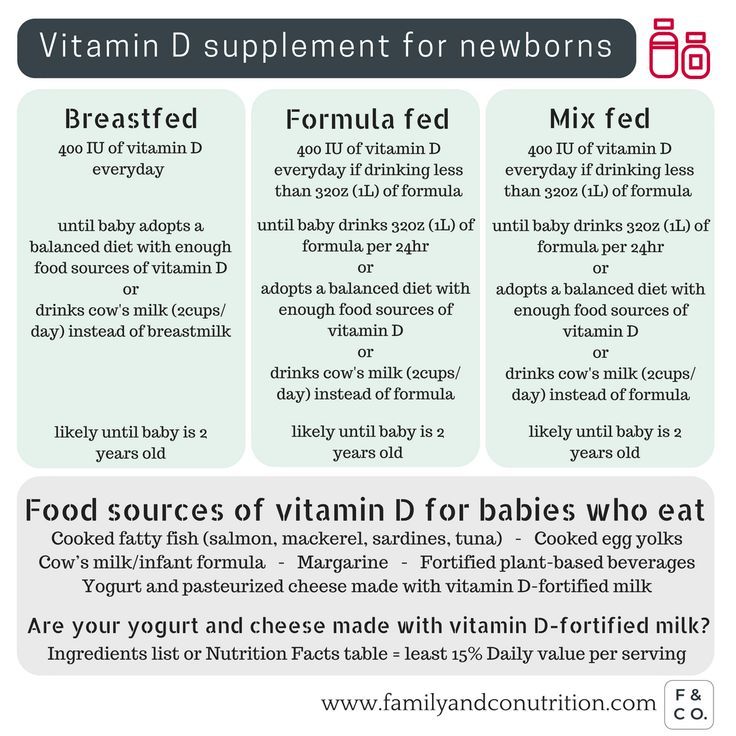 The best answer is surprisingly simple: in general, babies should be fed whenever they seem hungry.
The best answer is surprisingly simple: in general, babies should be fed whenever they seem hungry.
How do I know when my baby is hungry?
For babies born
prematurely or with certain medical conditions, scheduled feedings advised by your pediatrician are best. But for most healthy, full-term infants, parents can look to their baby rather than the clock for hunger cues. This is called feeding on demand, or
responsive feeding.
Hunger cues
A hungry baby often will cry. But it's best to watch for hunger cues before the baby starts crying, which is a late sign of hunger and can make it hard for them to settle down and eat.
Some other typical hunger cues in babies:
Licking lips
Sticking tongue out
Rooting (moving jaw and mouth or head in search of breast)
Putting his/her hand to mouth repeatedly
Opening her mouth
Fussiness
Sucking on everything around
It is important to realize, however, that every time your baby cries or sucks it is not necessarily because he or she is hungry. Babies suck not only for hunger, but also for comfort; it can be hard at first for parents to tell the difference. Sometimes, your baby just needs to be cuddled or changed.
Babies suck not only for hunger, but also for comfort; it can be hard at first for parents to tell the difference. Sometimes, your baby just needs to be cuddled or changed.
General guidelines for baby feeding
It is important to remember all babies are different―some like to snack more often, and others drink more at one time and go longer between feedings. However, most babies will drink more and go longer between feedings as they get bigger and their tummies can hold more milk:
Most newborns eat every 2 to 3 hours, or 8 to 12 times every 24 hours. Babies might only take in half ounce per feeding for the first day or two of life, but after that will usually drink 1 to 2 ounces at each feeding. This amount increases to 2 to 3 ounces by 2 weeks of age.
At about 2 months of age, babies usually take 4 to 5 ounces per feeding every 3 to 4 hours.
At 4 months, babies usually take 4 to 6 ounces per feeding.

At 6 months, babies may be taking up to 8 ounces every 4 to 5 hours.
Most babies will increase the amount of formula they drink by an average of 1 ounce each month before leveling off at about 7 to 8 ounces per feeding. Solid foods should be started at about 6 months old.
Concerns about overfeeding or underfeeding your baby
Too full?
Babies are usually pretty good at eating the right amount, but they can sometimes take in more than they need. Infants who are bottle feeding may be more likely to overfeed, because drinking from a bottle may take less effort than breastfeeding.
Overfed babies can have stomach pains, gas, spit up or vomit and be at higher risk for obesity later in life. It's better to offer less, since you can always give more if your baby wants it. This also gives babies time to realize when they're full.
If you are concerned your baby wants to eat
all the time―even when he or she is full―talk with your pediatrician. Pacifiers may be used after feeding to help sooth healthy-weight babies who like to suck for comfort, rather than nutrition. For babies who are breastfed, it's best to wait to offer pacifiers until around 3 to 4 weeks of age, when breastfeeding is well-established.
Pacifiers may be used after feeding to help sooth healthy-weight babies who like to suck for comfort, rather than nutrition. For babies who are breastfed, it's best to wait to offer pacifiers until around 3 to 4 weeks of age, when breastfeeding is well-established.
Trouble gaining weight?
Most babies will double their birth weight by 5 months of age and triple their birth weight by their first birthday. If your baby is having trouble gaining weight, don't wait too long between feeding―even if it means waking your baby. Be sure to talk with your pediatrician about how often and how much to feed your baby.
How do I know if my baby is getting enough to eat?
Daily diapers
A newborn's
diaper is a good indicator of whether he or she is getting enough to eat. In the first few days after birth, a baby should have 2 to 3 wet diapers each day. After the first 4 to 5 days, a baby should have at least 5 to 6 wet diapers a day. Stool frequency is more variable and depends whether your baby is
breastfed or formula fed.
Growth charts
During regular health check-ups, your pediatrician will check your baby's weight and plot it on a growth chart. Your baby's progress on the growth chart is one way to tell whether or not they are getting enough food. Babies who stay in healthy growth percentile ranges are probably getting a healthy amount of food during feedings.
Remember
Talk with your pediatrician if you have any questions or concerns about your baby getting the right amount to eat.
More information:
- Making Sure Your Baby is Getting Enough Milk
- Amount and Schedule of Formula Feedings
- Is Your Baby Hungry or Full? Responsive Feeding Explained (Video)
- Remedies for Spitty Babies
- Ask the Pediatrician: With the baby formula shortage, what should I do if I can't find any?
- Ask the Pediatrician: How should we feed our baby if we're running low on money?
-
Airplane Choo Choo: A Feeding Guide for Children (National Dairy Council)
About Dr.
 Jain:
Jain:
Sanjeev Jain, MD, FAAP, is a Clinical Associate Professor of General Pediatrics and Adolescent Medicine at the University of Wisconsin School of Medicine and Public Health. Within the American Academy of Pediatrics, he is a member of the Section on International Child Health and the Wisconsin State Chapter.
The information contained on this Web site should not be used as a substitute for the medical care and advice of your pediatrician. There may be variations in treatment that your pediatrician may recommend based on individual facts and circumstances.
Diet for a child aged 4
Your baby is already 4 months old. He has noticeably grown up, become more active, is interested in objects that fall into his field of vision, carefully examines and reaches for them. The emotional reactions of the child have become much richer: he joyfully smiles at all the people whom he often sees more and more often, makes various sounds.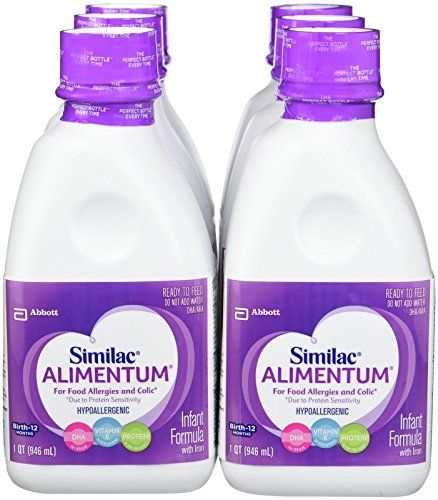
Are you still breastfeeding or have you switched to formula or formula feeding? The child is actively growing, and only with breast milk or infant formula, he can no longer always get all the necessary nutrients. And that means it's time to think about complementary foods. nine0003
Optimal time to start its introduction is between 4 and 6 months, regardless of whether the baby is receiving breast milk or formula. This is the time when children respond best to new foods. Up to 4 months, the child is not yet ready to perceive and digest any other food. And with the late introduction of complementary foods - after 6 months, children already have significant deficiencies of individual nutrients and, first of all, micronutrients (minerals, vitamins, long-chain polyunsaturated fatty acids, etc.). In addition, toddlers at this age often refuse new foods, they have delayed development of chewing skills for thick foods, and inadequate eating habits are formed. It is important to know that, no matter how strange it may seem at first glance, with a delayed appointment of complementary foods, allergic reactions more often occur on them. nine0003
nine0003
When is it advisable to introduce complementary foods as early as 4 months, and when can you wait until 5.5 or even 6 months? To resolve this issue, be sure to consult a pediatrician.
The optimal time to start introducing complementary foods to a healthy baby is between 5 and 5.5 months of age.
The World Health Organization recommends that breastfed babies should be introduced to complementary foods from 6 months of age. From the point of view of domestic pediatricians, which is based on the big
practical experience and scientific research, this is possible only in cases where the child was born at term, without malnutrition (because in these cases the mineral reserves are very small), he is healthy, grows and develops well. In addition, the mother should also be healthy, eat well and use either specialized enriched foods for pregnant and lactating women, or vitamin and mineral complexes in courses. Such restrictions are associated with the depletion of iron stores even in a completely healthy child by 5-5. 5 months of age and a significant increase in the risk of anemia in the absence of complementary foods rich or fortified with iron. There are other deficits as well. nine0003
5 months of age and a significant increase in the risk of anemia in the absence of complementary foods rich or fortified with iron. There are other deficits as well. nine0003
The first food product can be vegetable puree or porridge, it is better to give fruit puree to the baby later - after tasty sweet fruits, children usually eat vegetable puree and cereals worse, often refuse them altogether.
Where is the best place to start? In cases where the child has a tendency to constipation or he puts on weight too quickly, preference should be given to vegetables. With a high probability of developing anemia, unstable stools and small weight gains - from baby cereals enriched with micronutrients. And if you started introducing complementary foods with cereals, then the second product will be vegetables and vice versa. nine0003
If the first complementary foods are introduced at 6 months, it must be baby porridge enriched with iron and other minerals and vitamins, the intake of which with breast milk is no longer enough.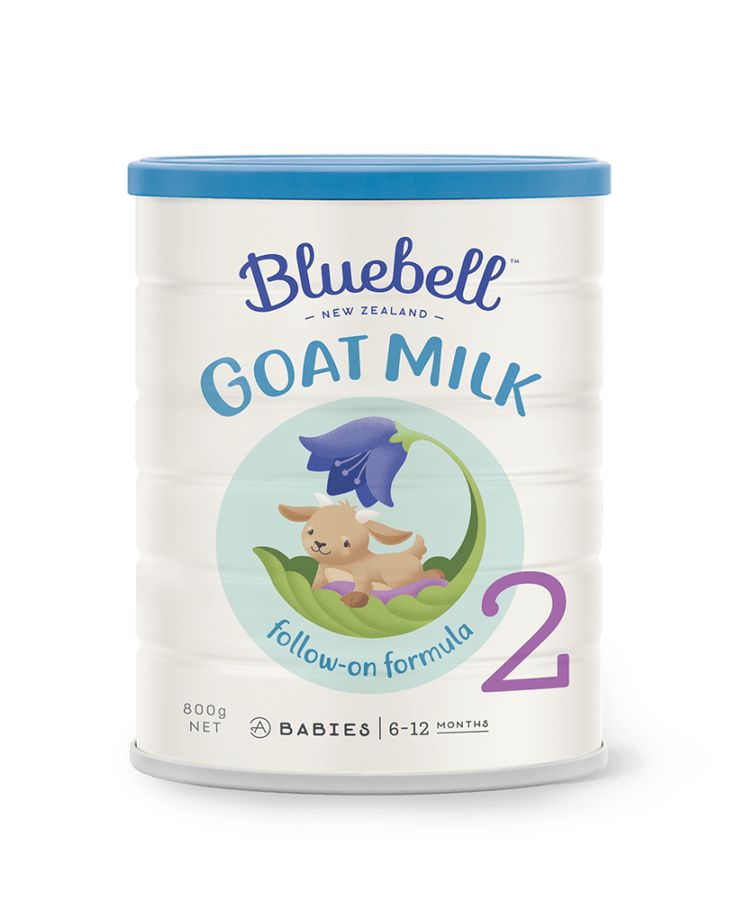
Another important complementary food product is mashed meat. It contains iron, which is easily absorbed. And adding meat to vegetables improves the absorption of iron from them. It is advisable to introduce meat puree to a child at the age of 6 months. Only the daily use of children's enriched porridge and meat puree can satisfy the needs of babies in iron, zinc and other micronutrients. nine0003
But it is better to introduce juices later, when the child already receives the main complementary foods - vegetables, cereals, meat and fruits. After all, complementary foods are needed so that the baby receives all the substances necessary for growth and development, and there are very few in their juices, including vitamins and minerals.
Juices should not be given between feedings, but after the child has eaten porridge or vegetables with meat puree, as well as for an afternoon snack. The habit of drinking juice between meals leads to frequent snacking in the future, a love of sweets is instilled, children have more tooth decay and an increased risk of obesity. nine0003
nine0003
With the start of the introduction of complementary foods, the child is gradually transferred to the 5-time feeding regimen.
Complementary feeding rules:
- preference should be given to baby products of industrial production, they are made from environmentally friendly raw materials, have a guaranteed composition and degree of grinding
- Complementary foods should be offered to the baby by spoon at the start of feeding, before breastfeeding (formula feeding)
- the volume of the product increases gradually, starting with ½ - 1 spoon, and in 7 - 10 days we bring it to the age norm, subsequent products within the same group (cereals from other cereals or new vegetables) can be introduced faster, in 5 - 7 days
- start introduction with monocomponent products
- it is undesirable to give a new product in the afternoon, it is important to follow how the child reacts to it
- do not introduce new products in the event of acute illnesses, and before and immediately after prophylactic vaccination (should be abstained for several days)
When introducing a new type of complementary food, first try one product, gradually increasing its amount, and then gradually "dilute" this product with a new one. For example, vegetable complementary foods can be started with a teaspoon of zucchini puree. During the week, give the baby only this product, gradually increasing its volume. After a week, add a teaspoon of mashed broccoli or cauliflower to the zucchini puree and continue to increase the total volume every day. Vegetable puree from three types of vegetables will be optimal. The portion should correspond to the age norm. Over time, you can replace the introduced vegetables with others faster. nine0003
For example, vegetable complementary foods can be started with a teaspoon of zucchini puree. During the week, give the baby only this product, gradually increasing its volume. After a week, add a teaspoon of mashed broccoli or cauliflower to the zucchini puree and continue to increase the total volume every day. Vegetable puree from three types of vegetables will be optimal. The portion should correspond to the age norm. Over time, you can replace the introduced vegetables with others faster. nine0003
After the introduction of one vegetable (bringing its volume to the required amount), you can proceed to the intake of porridge, and diversify the vegetable diet later.
If the child did not like the dish, for example, broccoli, do not give up on your plan and continue to offer this vegetable in a small amount - 1-2 spoons daily, you can not even once, but 2-3 times before meals, and after 7 - 10, and sometimes 15 days, the baby will get used to the new taste. This diversifies the diet, will help to form the right taste habits in the baby. nine0003
nine0003
Spoon-feed with patience and care. Forced feeding is unacceptable!
In the diet of healthy children, porridge is usually introduced after vegetables (with the exception of healthy breastfed children, when complementary foods are introduced from 6 months). It is better to start with dairy-free gluten-free cereals - buckwheat, corn, rice. At the same time, it is important to use porridge for baby food of industrial production, which contains a complex of vitamins and minerals. In addition, it is already ready for use, you just need to dilute it with breast milk or the mixture that the baby receives. nine0003
Children suffering from food allergies are introduced complementary foods at 5-5.5 months. The rules for the introduction of products are the same as for healthy children, in all cases it is introduced slowly and begins with hypoallergenic products. Be sure to take into account individual tolerance. The difference is only in the correction of the diet, taking into account the identified allergens. From meat products, preference should first be given to mashed turkey and rabbit.
From meat products, preference should first be given to mashed turkey and rabbit.
Diets for different age periods
explain how to make a diet, it is better on several examples that will help to navigate the menu for your child.
From 5 months, the volume of one feeding is on average 200 ml.
Option 1.
I feeding
6 hours
Breast milk or VHI*
200 ml
II feeding
10 hours
Dairy-free porridge**
Supplementation with breast milk or VHI*
150 g
50 ml
III feeding
14 hours
Vegetable puree
Meat puree Vegetable oil
Supplemental breast milk or VHI*
150 g
5 - 30 g
1 tsp
30 ml
IV feeding
18 hours
Fruit puree
Breast milk or VHI*
60 g
140 ml
V feeding
22 hours
Breast milk or VHI*
200 ml
* - Children's dairy mixture (VHI)
** - diluted with breast milk or VHI
Option 2.
9000 9000 9000 9000 9000 9000 9000 9000 9000 9000 9000 9000 9000 9000 9000 9000 9000 9000 9000 9000 9000 9000 9000 9000 9000 9000
baby 6 months, if complementary foods were introduced from 4 - 5 months:
| I feeding | Breast milk or VHI* | 200 ml |
| II feeding | Dairy-free porridge** | 150 g |
| III feeding | Vegetable puree | 150 g |
| IV feeding | Fruit puree | nine0086 40 g 140 ml |
| V feeding | Breast milk or VHI* | 200 ml |
* - Children's dairy mixture
** - diluted with breast milk or DMS
Option 3.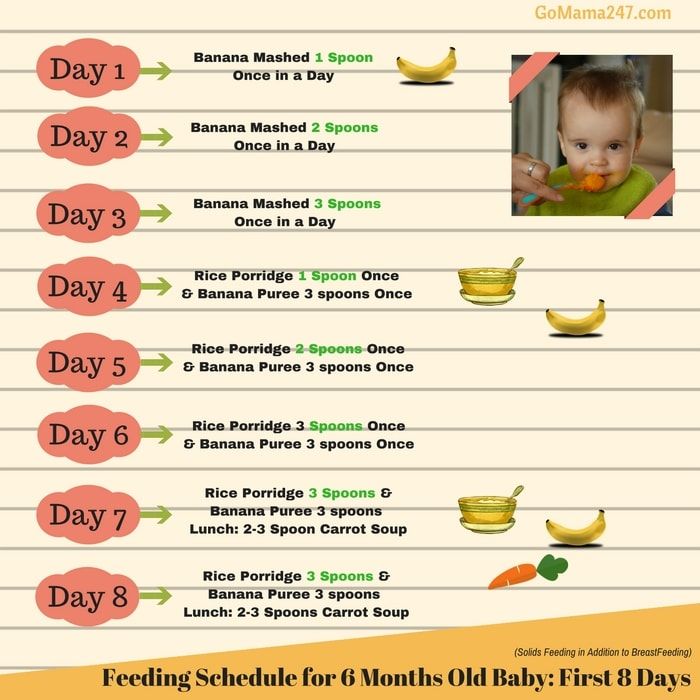
An approximate daily diet for a baby at 6.5 months on breastfeeding, if complementary foods began to be administered from 6 months:
| I feeding | Breast milk | |
| II feeding | Dairy-free porridge** | 100 g |
| III feeding | Vegetable puree | 100 g |
| IV feeding | Breast milk |
|
| V feeding | Breast milk |
|
** - diluted with breast milk
Up to 7 months, increase the volume of porridge and vegetable puree to 150 g and introduce fruit puree. nine0003
nine0003
does it matter for breastfeeding?
I was very relieved to find that, despite their small breast size, they did a great job feeding and I was able to successfully breastfeed all of my six children.
Having worked for over 35 years with breastfeeding mothers of an incredible variety of shapes and sizes, I have learned that small breasts are not a disadvantage. Moreover, breastfeeding with larger breasts can be more difficult because you have to worry about congestion, positioning, proper attachment (Newborns may find it difficult to attach to a large nipple and areola and maintain suckling. (Breasts with milk become heavy and may need to be worn a supportive bra and extra help to help the woman find comfortable nursing positions.)
I have always had a hard time finding the right size nursing bra. The lingerie manufacturers seemed to default to the idea that all breastfeeding women have huge breasts. After filling an entire closet with uncomfortable bras that never fit me properly, I gave up and decided to go braless or wear stretchy sports tops that can accommodate breast pads when needed and are easy to lift or stretch. feed the baby if necessary. nine0003
feed the baby if necessary. nine0003
Special nursing underwear is needed if you need extra breast support. If you have small breasts, then this is not a mandatory purchase. I got frustrated every time I bought nursing underwear, and in the end I decided not to wear it at all (Of course, there are a lot more choices now than I had 30 years ago).
I remember one day in the dressing room my 9 year old daughter, watching me try on one bra after another, said, “Mom, it's all right. Think about the fact that when you get old, your breasts will not hang dejectedly, like most mothers. It cheered me up, and you know what? She was right! nine0003
Adipose tissue gives the breast a rounded shape and protects the internal tissues from damage. The amount of adipose tissue and breast size are not related to the ability to produce milk, so women with small breasts are also able to produce enough milk. Of all the breastfeeding women I have encountered, including mothers who breastfeed twins, women with very small breasts had the most milk.
During lactation, your breasts produce milk all the time, and it collects in the mammary glands between feedings. When you feed a baby, he sucks out almost all the milk, usually about 75-80%. Breastfeeding mothers can produce the same amount of milk per day regardless of breast size, but women with large breasts may have more "breast capacity" than women with small breasts. nine0003
This means that large breasts can store more milk between feedings, sometimes several times more than small breasts. For example, if a large breast contains 6 ounces (1 ounce approximately 30 ml) and the baby sucks 4 ounces from each breast during a feed (8 ounces total) and leaves approximately 2 ounces in each breast (4 ounces total) in reserve for the next feed , plus, milk is produced during suckling.
Small breasts may contain 4 ounces per breast. And if the baby sucks 3 ounces from both (6 ounces total) in one feed, then there will be 1 ounce left in each breast (2 ounces total) for the next feed, and in addition, new milk will be produced during the feed. nine0003
nine0003
Due to the size of the individual 'storage', women with small breasts may need to feed more frequently as they breastfeed. their babies may get less milk per feeding. Women with large breasts may produce more milk during each feeding, so the baby may feed less often or suckle only one breast at a time.
In the various benefits, everything is designed for the “average” child. Even though large breasts often produce more milk than small breasts, this does not mean that your baby will need to breastfeed more or less because of breast size. nine0003
Since each mother-child pair is unique, a mother with large breasts may need to feed her baby as often as a mother with small breasts, or even more often. These individual differences are the reason why babies need to be fed on demand rather than on a schedule. The baby sucks out as much milk per feeding as he needs at this particular time, and it is the needs of the child, and not the clock, that determine the frequency of feedings.
Of course, there are some exceptions to the rule when breast size does not affect the ability to produce the required amount of milk. A small number of women (about one in a thousand) have insufficient glandular tissue in their breasts. This condition also refers to mammary hypoplasia, breast hypoplasia, or underdeveloped breasts. nine0003
In most cases, but by no means always, these women's breasts have some external features: asymmetry (one breast is much larger than the other), a cylindrical shape, sagging and not enlarged at all since adolescence. It is impossible to tell if there will be enough milk in the breast just by appearance, but an unusual appearance of the breast can be a sign to look out for when there is not enough milk.
No one knows for sure the cause of the lack of glandular tissue in the breast, but it can be caused by hormonal disorders. Women with PCOS, women whose mothers were exposed to toxic dioxin, an environmental pollutant, during their pregnancy (exposure to dioxins in the womb can interfere with breast development during puberty and pregnancy).








